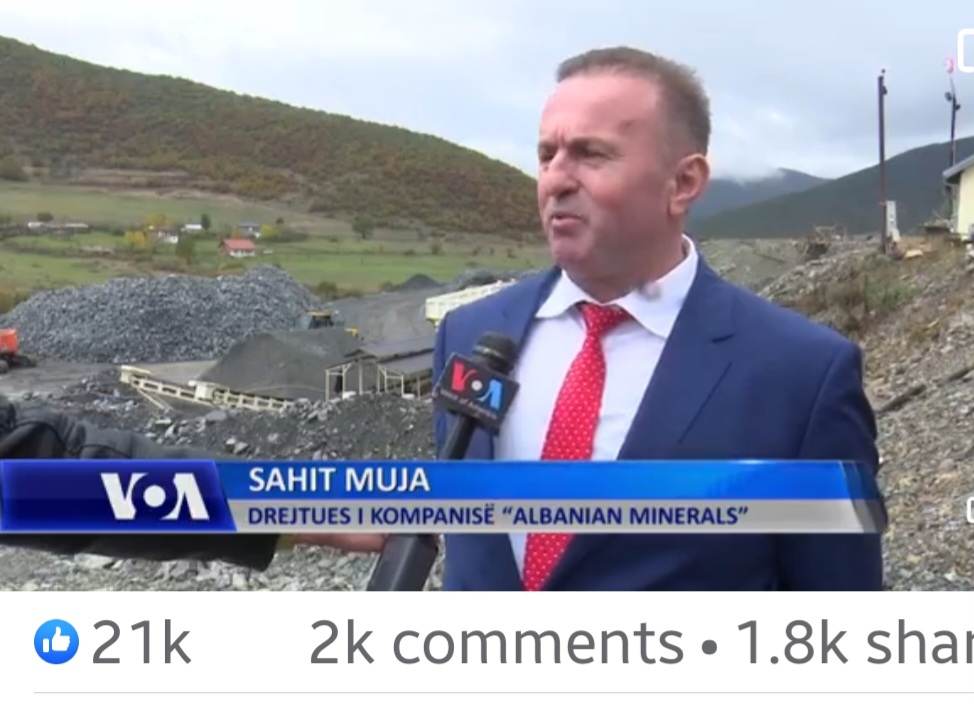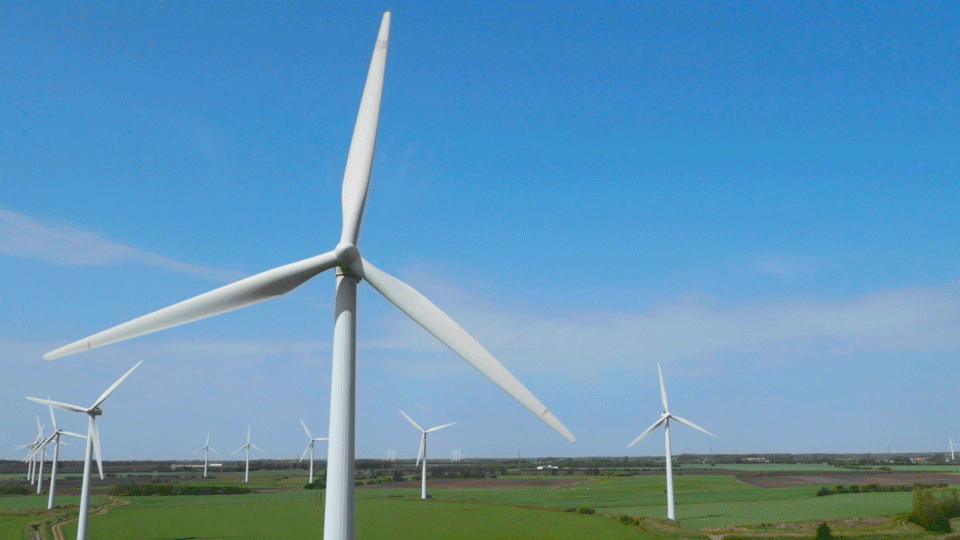The global warming’s apocalyptic natural manifestations has arrived for the world to see it. The World is united and has start responding with substantial investments and innovation in green energy production.. Green energy revolution has start great beginnings, renewables could power the world and pioneer the decarbonization.
In 2022 global renewable generation capacity amounted to 3372 Gigawatt (GW), growing the stock of renewable power by a record growth 295 GW or by 9.6 per cent. An impressive 83 per cent of all power capacity added in 2023 was produced by renewables.
Renewable Capacity Statistics 2023, released by the International Renewable Energy Agency (IRENA) shows that renewable energy continues to grow at record levels despite global uncertainties, confirming the downward trend of fossil fueled power generation.
The global energy systems and investments are changing fast, now the world is finally embracing green energy revolution. International Renewable Energy Agency stated that current global investment plans will cost $95 trillion dollars. Green transition is near $100 trillion business opportunity. According to Asia Society Policy this region Asia-Pacific is highly exposed to costly climate change related events, needs to invest $71 trillion to achieve net zero emissions by mid-century if it aims to heed the United Nations’ recent call for faster decarbonisation, according to a study.
The IEA estimates that annual clean energy investment needs to more than triple by 2030 to over $4 trillion. Over the next three decades, that represents well over $100 trillion total in clean energy investment.
Renewable energy minimizes carbon pollution and has a much lower impact on our environment. Substantial investments in wind power, solar, hydro power on a scale that we have never seen before, and there is much more to come. Tesla CEO Elon Musk says, “Tesla doesn’t have enough cells to put new products like Semi truck into production. Tesla battery needs 50 kg of nickel, to power 2 billion cars with new batteries 100 million tons of nickel is needed”.
The global population swelling to 8 billion in 2023 and substantial industrialization on the rise in developing nations, humanity’s demand for energy has reached unprecedented levels. Energy storage plays an important role in this balancing act and helps to create a more flexible and reliable grid system.
“Metals are critical to create more renewable energy as demand in 2023 is outstripping supply. Significant demand increases are expected for structural materials over 50 billion tons of sand yearly, billions of tons of steel, concrete, glass and aluminium. Albanian Minerals mission is to create a better green future for all the people in this world. As we pursue this mission, we’re guided by our principles that ensure to make this world a better place for future generations to come. A challenge in green energy is when the wind doesn’t blow and when the sun doesn’t shine. That’s when we need flexible power sources such as green Hydrogen, Hydropower and super energy storage options to complement these new renewable sources”. Albanian Minerals CEO Sahit Muja said.
New York based CEO Sahit Muja stated that; At Albanian Minerals we are receiving a records inquiries for chromium, iron ore, manganese, palladium copper, magnesium, lithium and nickel. Investments’ in renewable energy makes green electrification one of the most effective solution to the climate challenge. Albanian Minerals expects huge opportunities and demand for metals needed to build renewable energy infrastructure and manufacture of wind, solar, hydropower, batteries and electric vehicles. Finally the future is very bright for metals and minerals; Those include magnesium, nickel, cobalt, zinc, silicon,manganese, lithium, platinum, palladium, cooper, iron ore, silica, rare earth elements chromium, nickel, zinc, molybdenum, tin, tungsten, and lead” . Metals are now a great investment and hedge against inflation.
According to UN, Energy is at the heart of the climate challenge – and key to the solution.
A large chunk of the greenhouse gases that blanket the Earth and trap the sun’s heat are generated through energy production, by burning fossil fuels to generate electricity and heat.
Fossil fuels, such as coal, oil and gas, are by far the largest contributor to global climate change, accounting for over 75 percent of global greenhouse gas emissions and nearly 90 percent of all carbon dioxide emissions.
The science is clear: to avoid the worst impacts of climate change, emissions need to be reduced by almost half by 2030 and reach net-zero by 2050.
To achieve this, we need to end our reliance on fossil fuels and invest in alternative sources of energy that are clean, accessible, affordable, sustainable, and reliable.
Renewable energy sources – which are available in abundance all around us, provided by the sun, wind, water, waste, and heat from the Earth – are replenished by nature and emit little to no greenhouse gases or pollutants into the air.
Discover more from Green Innovation News
Subscribe to get the latest posts sent to your email.





